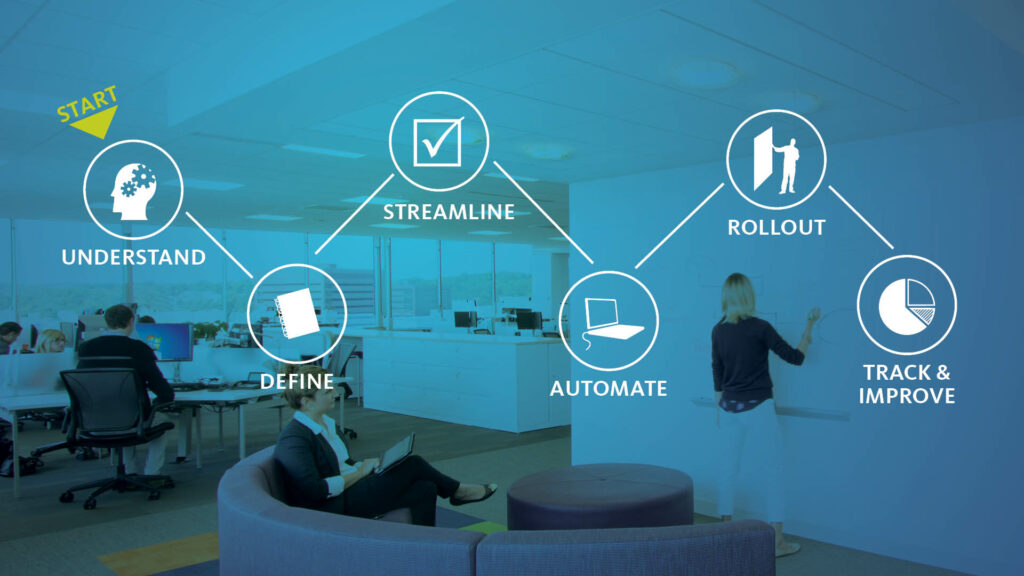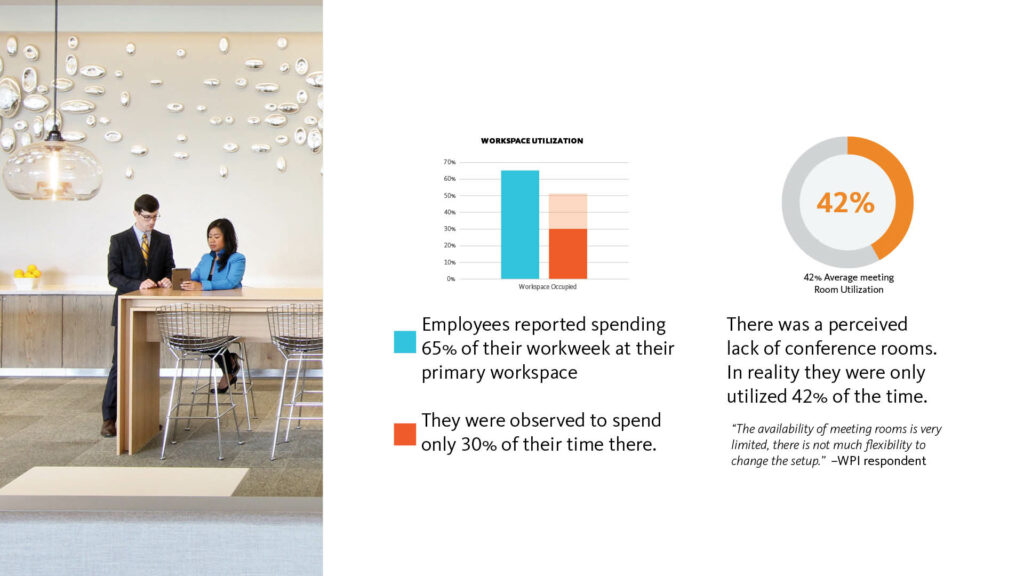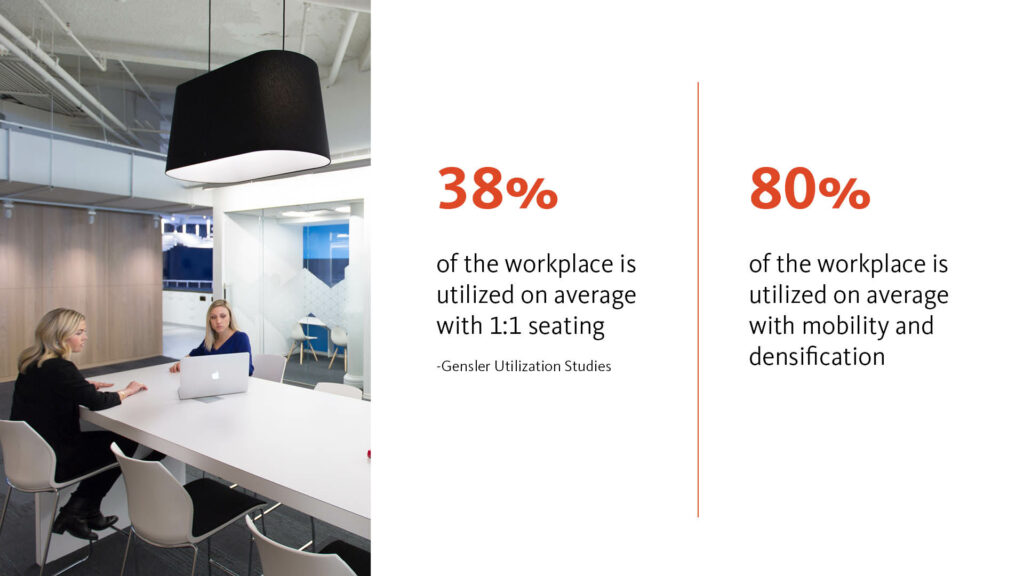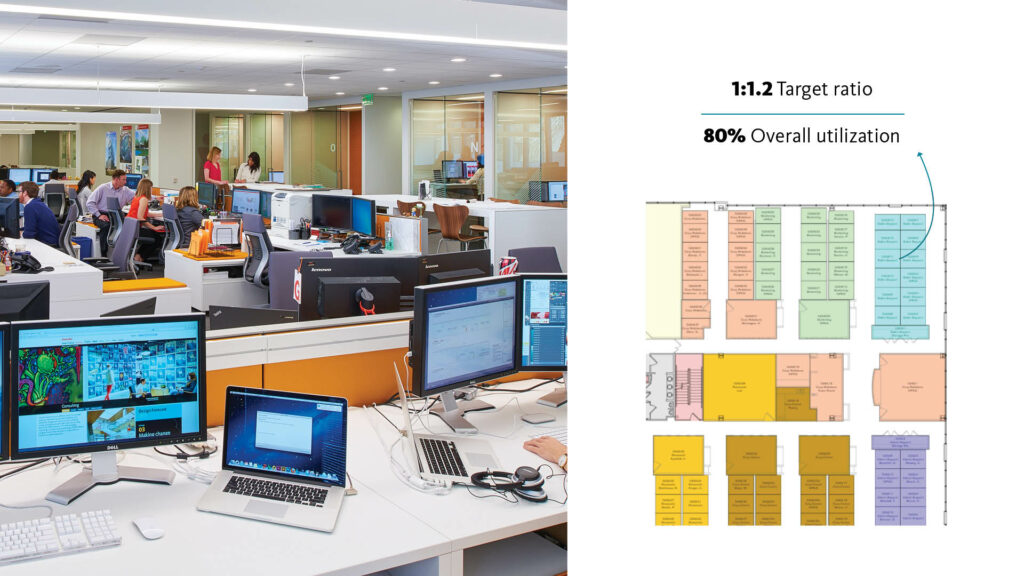The workplace has the ability to transform a company’s culture and provide an engaging employee experience vital to success in today’s competitive market. Delivering this experience can be enhanced with a multitude of technology and data sources, but without centralized floor plans and occupancy data for reliable reporting, facilities teams struggle to access the information they need for decision making. In space management, having a single source of truth within an organization is necessary to move the whole organization forward.
1. What is space management?
Space management encompasses the monitoring and tracking of physical space in relation to the demand for space. The core of space management is maintaining a space inventory — how much square footage and real estate is available and how many individuals must occupy the space.
The practice employs the use of space management software or a facility management software combined with a move management process and a holistic team dedicated to maintaining data integrity.

2. What challenges are there for space planning?
“Real estate teams have a combination of missing and disorganized data. Companies want data, but they’re struggling with a lack of time and resources to keep information managed.” – Gensler Workplace Sector Leader Gervais Tompkin
A focus on data integrity across all systems is core to facilities planning and space management. Today, an integrated workplace management systems is less about a single software system and more about integrating relevant tools and data sets at the right time to support a holistic life cycle of data-informed space facilities management. With the pace of innovative technologies emerging each day, it’s challenging to know where to start or what to fold into the workplace technology stack.

3. How does space management software play a role in decision making?
Space and facilities management software is foundational for understanding inventory, measuring demand on space, and space allocation. Understanding past and current space metrics can help inform decisions about workplace strategy and strategic planning for office space facilities and managing space. Layering additional data sets, such as space utilization data or employee satisfaction survey data, creates a multi-dimensional view of what’s effective in the workplace and what isn’t.

4. Is there a relationship between facilities management and space planning?
Space planning and new workplace strategies benefit when there is a reliable foundation of core space and occupancy data to build on. We’re seeing a shift in facilities planning and space management—the way organizations are planning and using their workplaces is changing. Innovators within organizations use a greater variety of workspaces in and out of the office. Workplaces must expand autonomy and workspace choices across the organization.

5. How does data play a role in space planning?
Space planning begins and ends with reliable data. Executing the plan relies on agility and a constant focus on performance metrics. Maintaining a central repository of floor plans as a sole source of truth throughout the real estate life cycle creates flexibility for layering a multitude of additional qualitative and quantitative data sets to inform and measure the effectiveness of workplace strategies.
When building a case for change, reliable real estate data combined with the financial impact of the metrics is effective for communicating the necessity of a new way of thinking. When access to real time and historical data is available, decision making is enhanced and informed.



